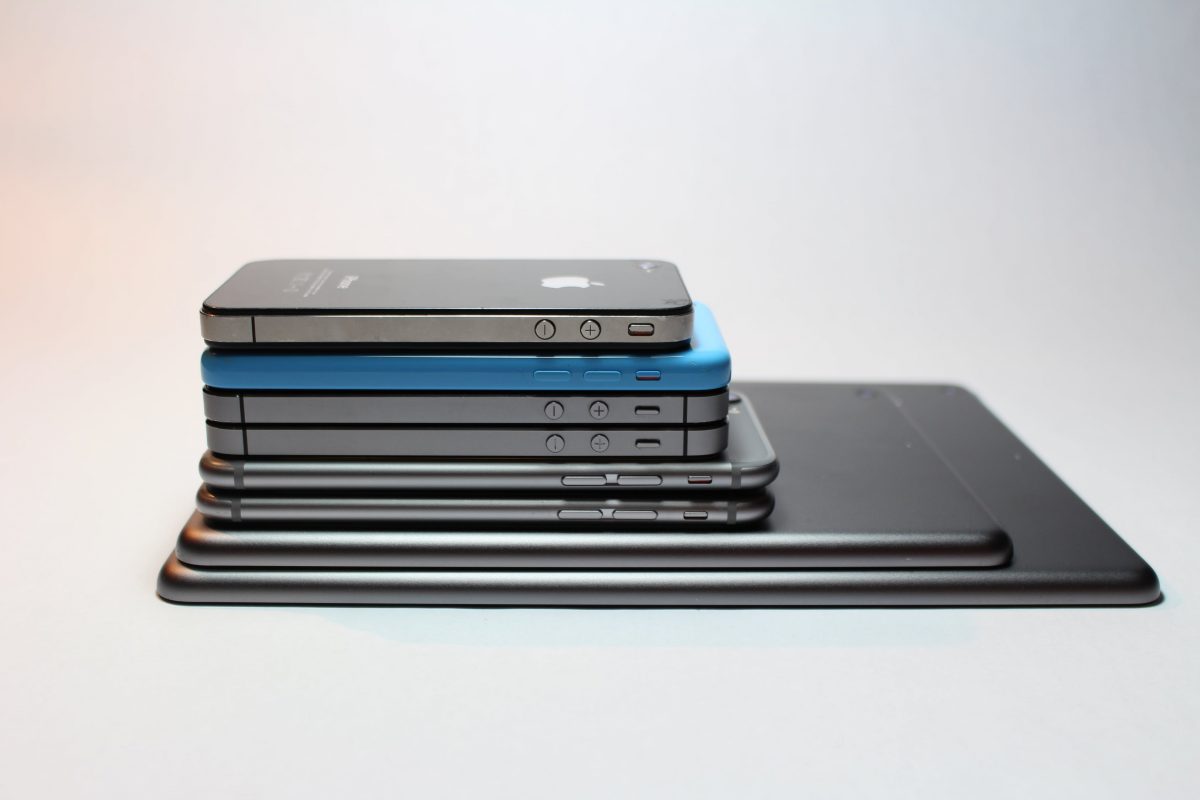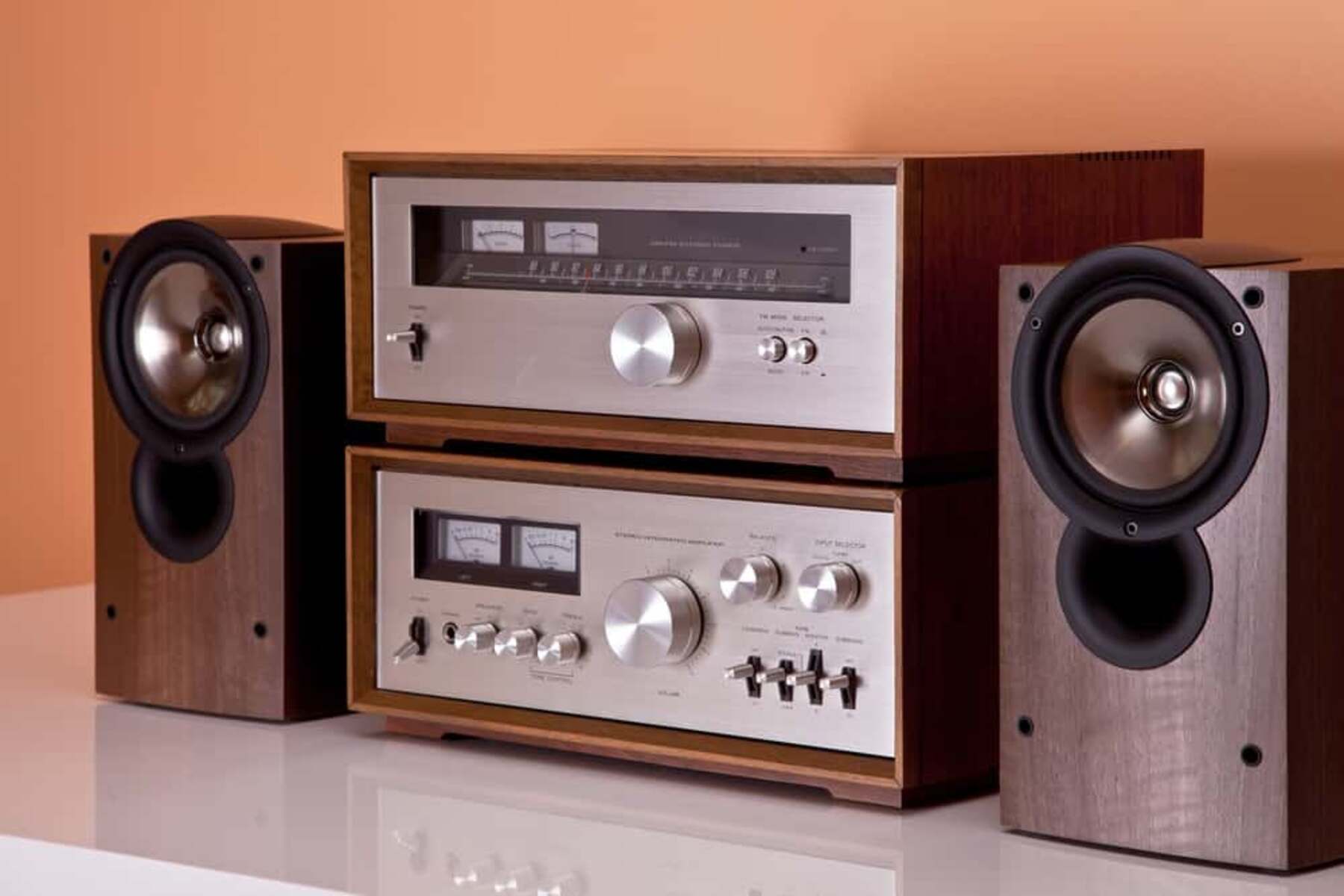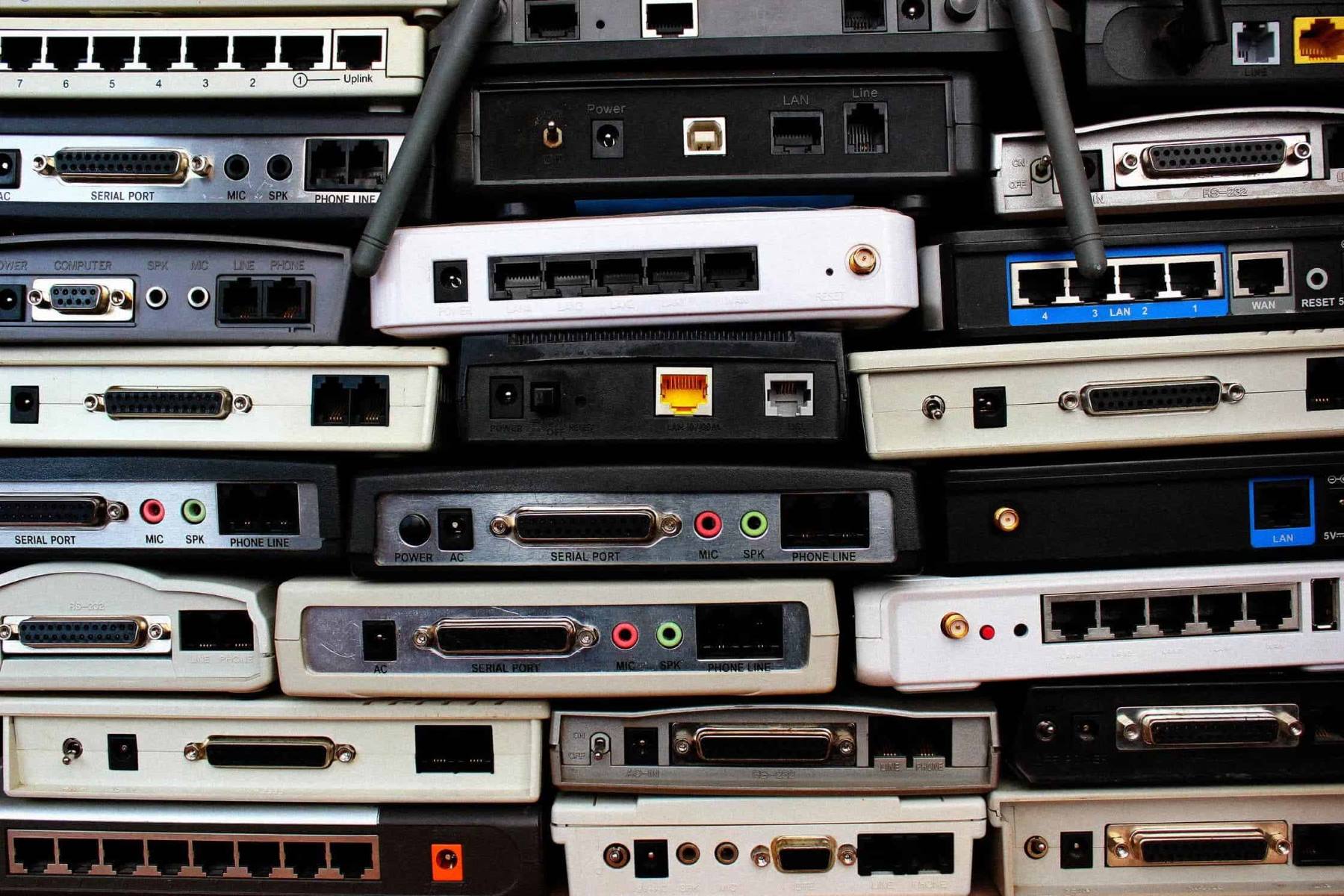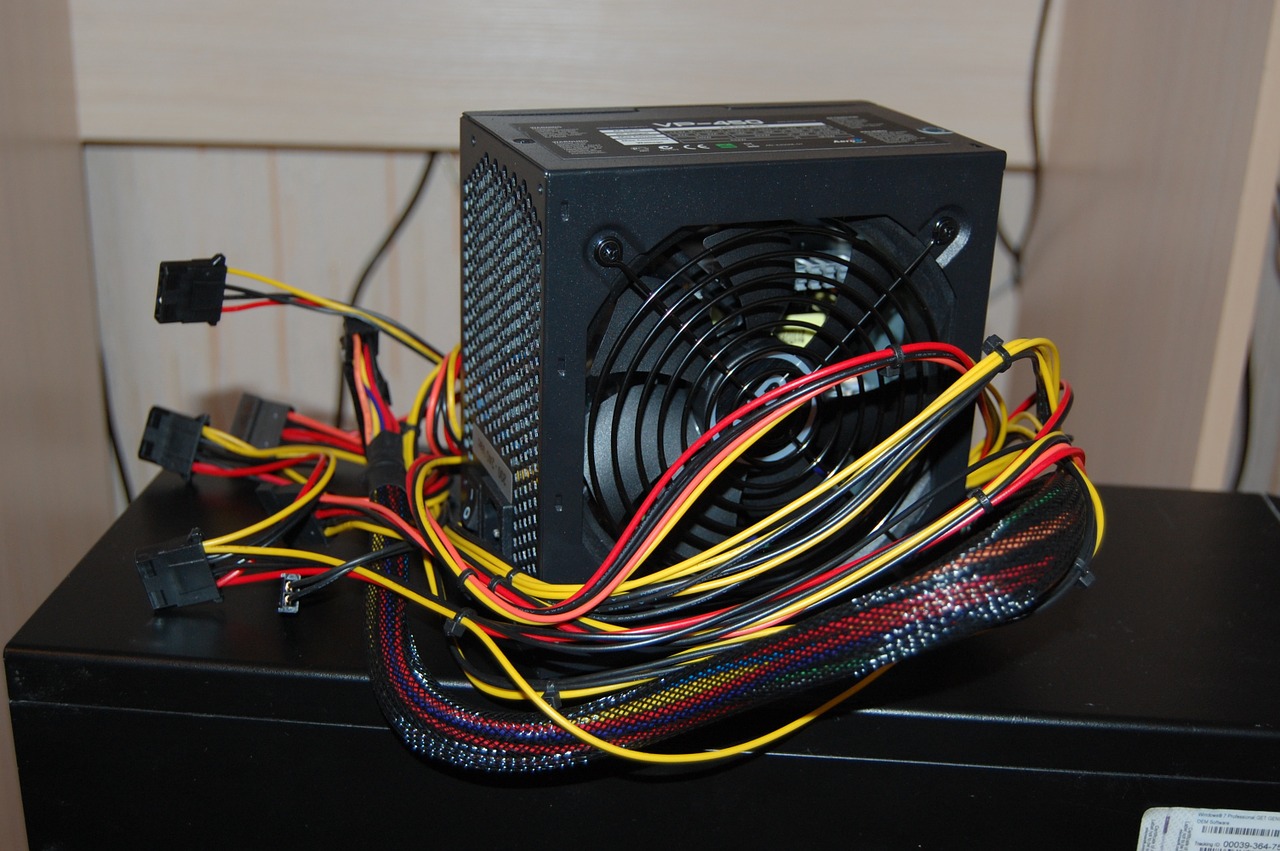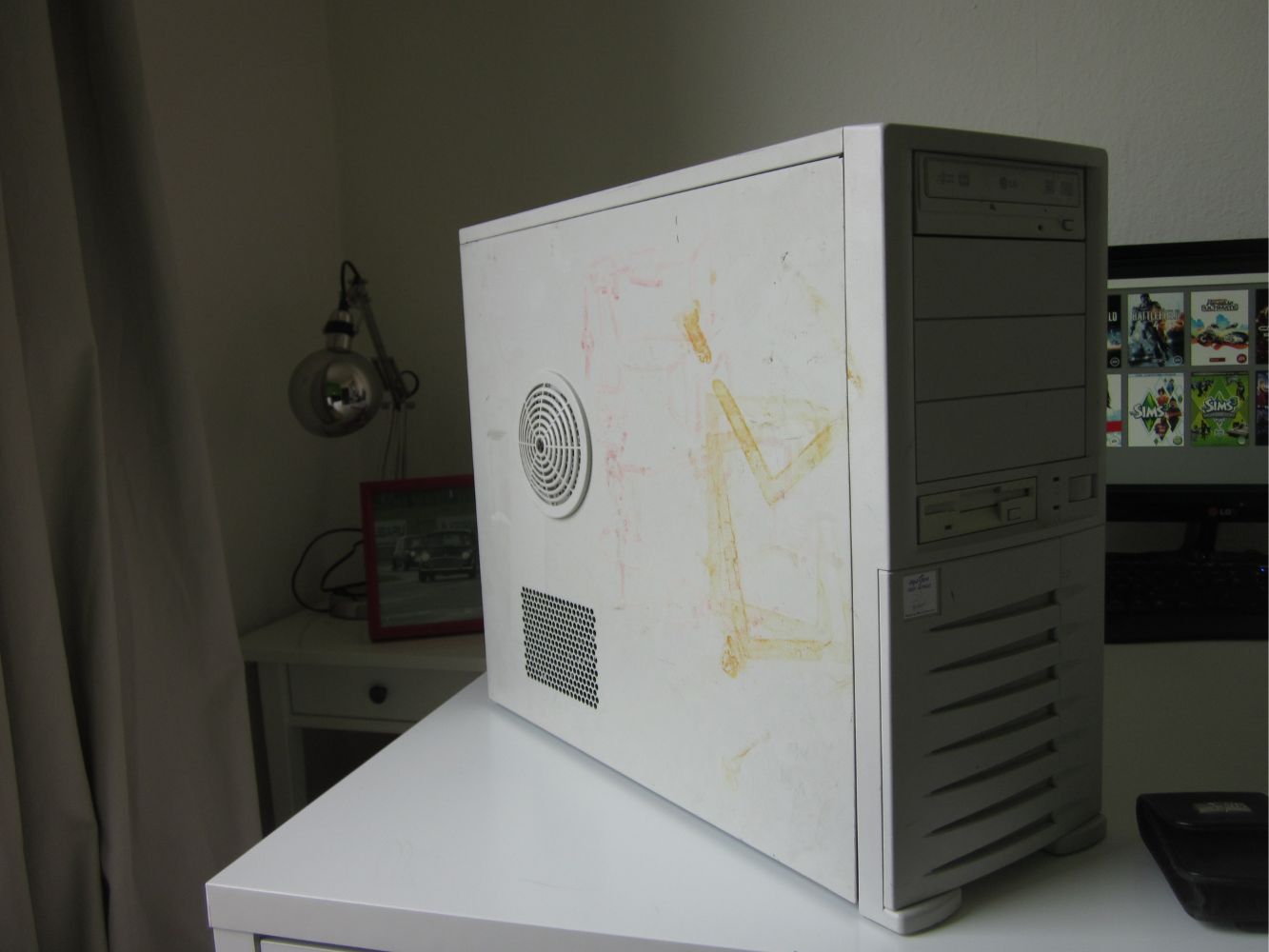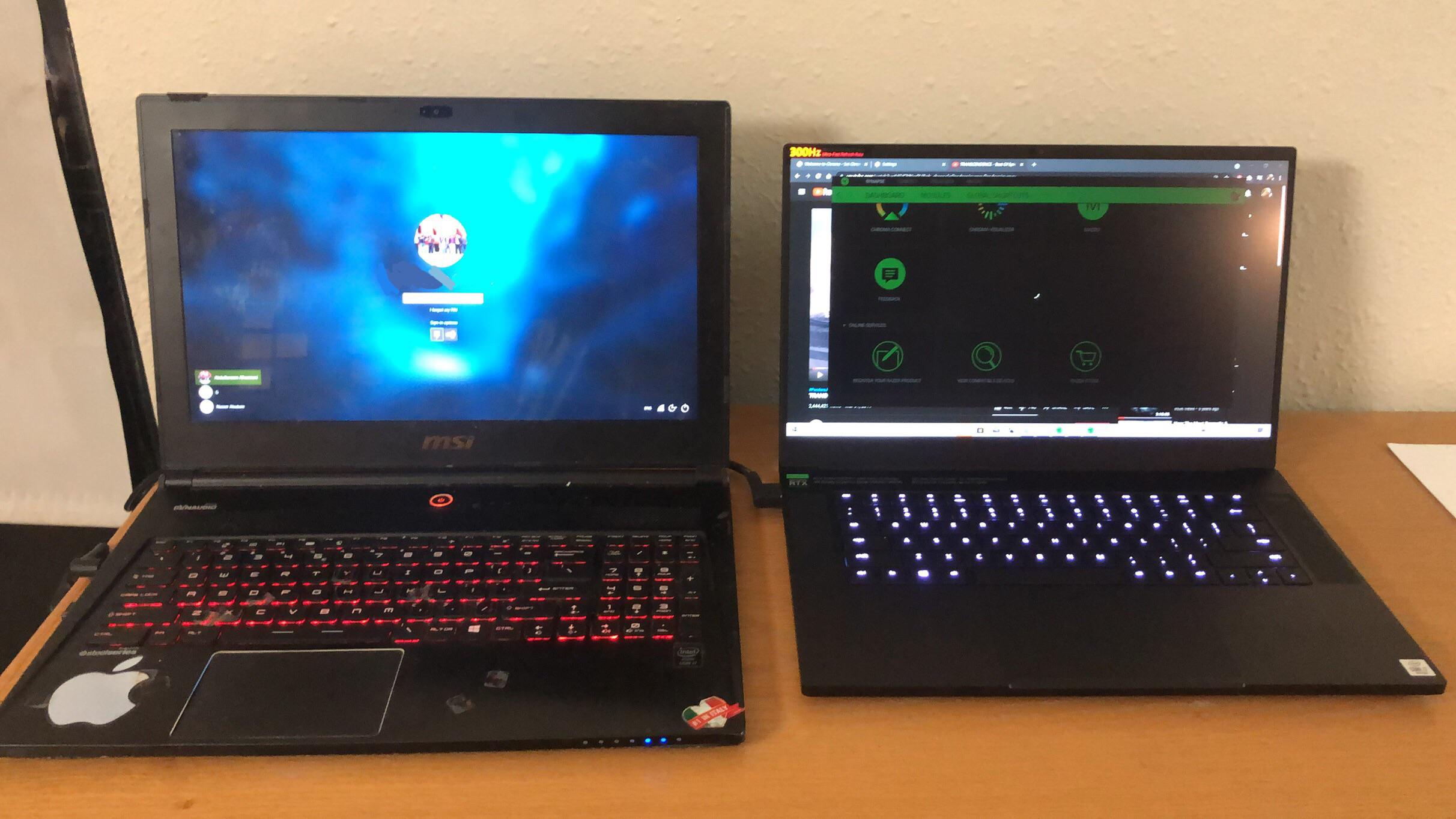The need to recycle electronics is a rapidly escalating issue that needs urgent attention and action. Electronic items have invaded our lives to the point where we can no longer imagine existence without them. But while we value these devices for being useful and entertaining, they tend not to last for very long. There are two reasons for this.
The first is when they have reached their “end of life.” The other is when we decide to replace them with newer models even when they haven’t reached the end of their life cycles. Once they do, these devices make their way to landfills, where they can leak toxic materials into the environment.
In this article, we’ll give you helpful tips on how to recycle your electronics the right way so as to extend their usefulness.
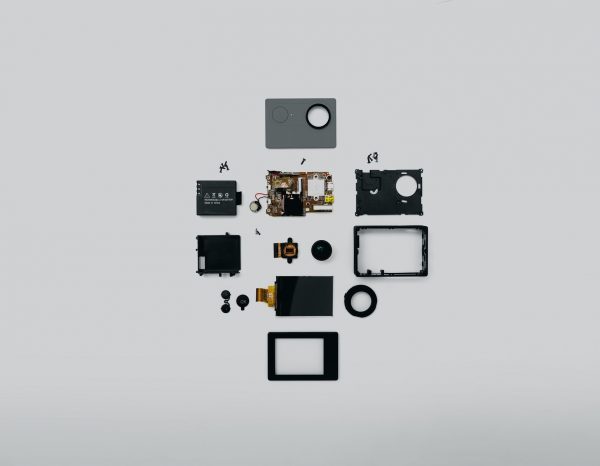

What Is E-Waste?
Electronic waste, also called e-waste, is electrical and/or electronic devices no longer used by its owners. In economic language, the term can be further classified into two groups: white and brown goods.
White goods is the term used to refer to electronic products that serve a major utility function in the home. These are usually expensive appliances like refrigerators and washing machines. On the other hand, brown goods are electronic devices that are made for purposes other than household and are relatively cheaper or lighter. They also include all the automated smart home devices like smart light bulbs, smart speakers, smart plugs, smart vacuum cleaners, among others. All of these devices turn into electronic waste once they are discarded or replaced.
Electronic waste can lose its utility for several reasons including redundancy, breakage, or replacement. Nowadays, a larger problem is the quick turnover of devices due to replacement. Most people only keep their devices for an average of two years before throwing them out. This vicious cycle of buying and throwing away has led to the accumulation of e-waste. And the saddest part of all is that most of the devices that end up in landfills are still functional but unwanted.
What Electronics Can Be Recycled?
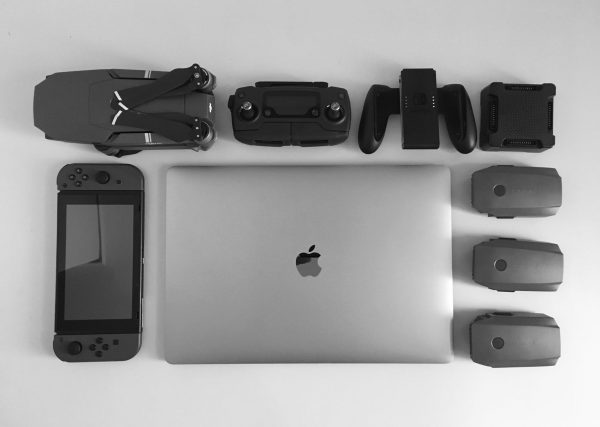

Many US families have at least 11 digital gadgets, seven of which have screens. Most of the devices that we own contain reusable parts in the form of glass, plastic, and metal parts. Let’s start with brown goods, which make up the majority of electronic waste. These include cellphones, televisions, laptops and computers, and digital cameras. Other brown goods with recyclable parts include printers, copiers, tablets, and wire cords. Even your hard drives, ink and toner cartridges, and gaming consoles are recyclable.
On the other hand, you also have white goods such as microwave ovens, refrigerators, dishwashers, and other household appliances.
What Happens to Electronics When They Reach the End of Their Life Cycles?


When electronic devices reach the end of their useful lives or otherwise become unwanted, two things can happen. They can make their way to landfills, or organizations can recycle them and use them to create new products.
The major concern with e-waste is its negative impact on the environment. These electronics contain toxic chemicals like cadmium, lead, beryllium, and mercury. These materials are only often seen as trace elements. But they still pose a threat to human health when they accumulate in volumes. These harmful components can eventually find their way into the soil, water, and air. Eventually, they can end up in our food and water systems where they can do a lot of damage.
In addition to that, personal gadgets that are not properly discarded may also pose a security threat. If you fail to wipe your data before throwing them out, the hard drives of these devices may still contain sensitive personal information that could compromise your privacy. Part of such information may include information about yourself, your family, and your employer. Malicious actors may also deliberately search for blackmail material or financial files that they can use to commit identity theft and fraud.
How to Recycle Electronics?


There are a variety of things that you can do with electronics that you no longer need or want. These alternatives are infinitely better than simply throwing them in the trash, where they inevitably end up in landfills. But before you do anything with your devices, make sure to wipe your personal data off your gadget. This helps to ensure that no other person will be able to recover your data and possibly use it against you. In any case, here are some suggestions on what you can do with the devices you don’t need:
Return Them to the Manufacturer
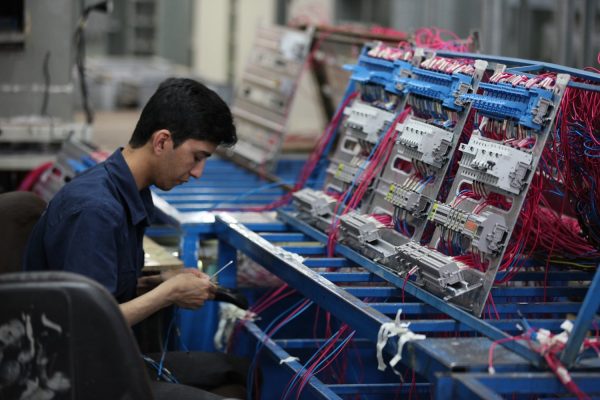

Many manufacturers offer to take back your devices for the purpose of recycling them. Sending the devices means that the company will be able to reduce its demand for brand-new components. This will save the company from the cost of brand-new resources. At the same time, it will also help the environment by saving on carbon emissions. Most manufacturers have dedicated drop-off sites for recyclable products.
Companies like Apple, Canon, Dell, HP, LG, Samsung, and Sony each have their own drop-off sites. Some manufacturers also offer discounts and gift cards in exchange for gadgets that still work. There are also drop-off points for smaller electronic items like batteries and LED lights. Other consumer electronics retailers like Best Buy and Staples accept consumer electronics and even appliances. You can also contact Earth911, another catch-all organization for recyclable electronics.
Surrender Them to Regional Recycling Centers
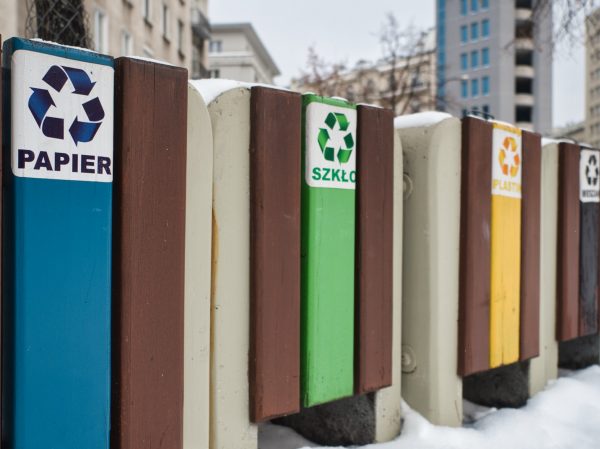

Some countries have laws and centers in place for the recycling of electronics. Examples of countries with legislation in place include Australia. They called the project the National Television and Computer Recycling Scheme (NTCRS). The NTCRS is a national program that provides free access to an industry-funded collection process for electronic waste and recycling services.
In the US, however, there are no federal laws that mandate device recycling. There are also no regulations prohibiting the transfer of electronic waste to other countries. However, some states have already passed legislation requiring electronic recycling. These states include the likes of Illinois, Pennsylvania, New York, and the State of California which passed their regulations ahead of everyone else. Each state has its own recycling scheme. For some of these projects, they hire an independent company or rely on manufacturers to handle collection. If you want to find the nearest recycling drop-off, you can explore the search function on the recycling website, Recycle Nation.
Donate Electronics to Organizations


If you don’t like the idea of returning your devices to manufacturers, you can donate them instead. Some organizations sell the devices to raise money for different causes. Others refurbish them before handing them over to the intended recipient. The recipients of pre-loved electronics are usually low-income households, charitable organizations. There are also not-for-profit schools, veterans, and people with disabilities.
One of the primary considerations for picking an organization to recycle electronics is proximity. If you live in the UK, you can search for Computer Aid, Digital Links, and Computers for Charities. If you live in Australia, you should be able to get in touch with Mobile4Charity, Digital Links, and Computers for Charities. In the US, recycling organizations include Free Geek, Hope Phones, and Recycling for Charities. Most of these organizations have dedicated drop-off points, while others even offer to pick up your donation.
Before you hand off your pre-loved devices to charity, a few reminders are in order. First off, check the device’s condition to make sure that it is in working order first. Also, make sure to wipe your data clean to prevent anyone else from invading your privacy. If you’re not sure how to do this, check out this guide on how to properly dispose of your computers. Also, make sure to include accessories like chargers or keyboards in your donation. And of course, there’s nothing to stop you from throwing in other stuff from the house that you don’t use.
Why Is Electronics Recycling Important?


When it comes to disposing of electronic items, the worst place we can put them is into landfills. This is not a good idea for several reasons. The first has to do with the fact that these devices often contain toxic chemicals that are harmful to the environment. At the same time, they also contain recoverable materials. Manufacturers can reuse these materials to create new devices more sustainably and to reduce demand for new materials. Allow us then to enumerate the reasons why we must take measures to recycle e-waste instead of discarding them:
Reducing Pollution


While we love and enjoy our devices, they also contain toxic chemicals. For example, you can find cadmium in rechargeable computer batteries, contacts, and switches. Meanwhile, most LCDs for mobile phones and flat-screen computer monitors are made with mercury. They are also used in switches, batteries, and fluorescent lamps.
With toxic chemicals present in electronic devices, we are risking a lot by throwing them into landfills. These harmful chemicals and more have the tendency to leak when left in a landfill. This will lead to all kinds of issues with health and resource contamination. Most devices are also tough as nails and non-biodegradable. This means they will stay there for hundreds of years without disintegrating. This will create a lot of problems for the surrounding areas close to the landfills. By recycling electronic materials, we are helping to reduce pollution and reduce the risks that they pose to human health.
Reducing Carbon Emissions


Device manufacturing is a resource-intensive ordeal that involves direct greenhouse gas emissions. It’s also a highly complex process with many sub-processes. All of these contribute to the emission of toxic gases into the air. Some of the processes include chemical processes to produce heat and power for machines that create the devices. The processing of metal, plastic, and glass parts in devices also contributes to the emissions. Greenhouse gases produced through these processes make their way into the atmosphere. They absorb reflected solar energy, thereby increasing the temperature of the atmosphere.
Okay, so it’s already quite clear that device manufacturing is quite bad for the environment. But what does learning how to recycle electronics have to do with anything? The short answer is, device recycling reduces the demand for all kinds of resources used in manufacturing. And with less demand for freshly mined resources, you are able to prevent additional greenhouse gas emissions.
Helping Disadvantaged Communities


Another smart way to recycle electronics is by donating them to those in need. Most organizations accept donations in the form of old electronic devices. But of course, they must be functional or repairable. If you take the step of donating devices, you can help a less fortunate person benefit from that device.
Millions of people around the world are still unable to connect to the internet due to a lack of resources. And part of the problem is the fact that they can’t afford to buy expensive electronics. By making a donation, you are not only extending the life of your pre-loved devices but also helping the less fortunate. Most of the recipients of these donations are students, people with disabilities, and the elderly.
Creating Employment
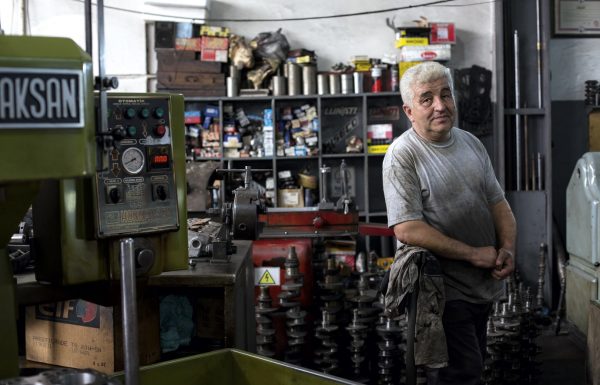

Another benefit to learning how to recycle electronics is that it helps create jobs for the community. Estimates by the Ecology Center in the US indicate that there are as many as 15 million jobs in recycling worldwide. The US Recycling Economic Information (REI) Study indicated that the recycling efforts of the government employ approximately 1.25 million people. On the other hand, the solid waste management effort of the government only employed about 20% of that number. This speaks volumes about the potential of recycling when it comes to creating employment.
Many people perceive recycling as a straightforward process. However, in truth, it’s a complicated one. And because of this, the types of jobs it can create are also varied. There are manufacturing jobs for companies that create recycling equipment and jobs at recycling industries to collect and sort the materials. There are also manufacturing jobs for companies that put back the recycled materials together to create new devices. You also have non-profit organizations that handle donations for repair, reuse, or shipping overseas.
Another organization called Ecocycle estimates that an increase in the recycling rate in the US by 75% by 2030 would create a total of 1.1 million new jobs. This estimate feels highly ambitious and we’re not sure how feasible these numbers really are. Nevertheless, more organizations and governments will take up the issue more seriously. This in turn will increase employment levels in the process.
Final Thoughts on Recycling Electronics Responsibly


The solid waste problem in different parts of the world is already common knowledge. However, not many people know that a new type of problem is emerging: electronic waste. Now that we know about the issue with electronic waste, we should start thinking differently about how we treat our devices. It’s not just a matter of practical need either. It’s also a matter of treating your devices with respect.
They had served us when they were under our care. And even when we no longer want or need them, they still have some value to offer. So the next time you have some devices you want to throw out, think about how you can extend their value and then take action.
If you enjoyed this article, you might also enjoy reading about the connection between the environment and technology with this article on the applications of green technology in daily life.







